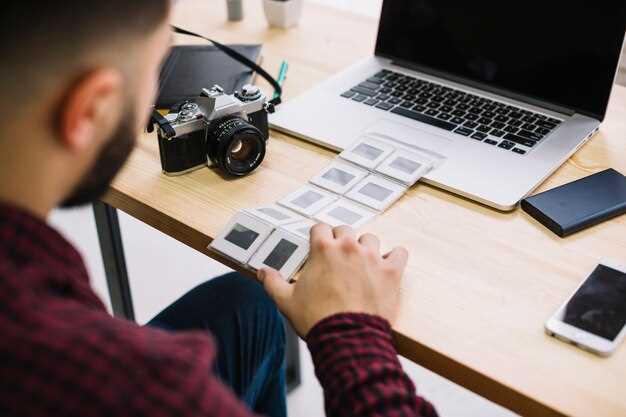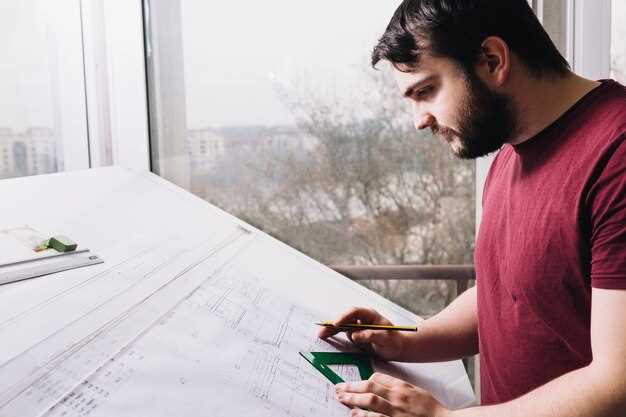
Documenting your build project through photography is an essential part of the process, as it not only captures the progress but also helps to highlight key milestones and transformations. Proper documentation can serve as a useful resource for future projects, promotional material, or a portfolio piece showcasing your skills and creativity. Capturing high-quality images will make your project stand out and ensure that every detail is preserved for posterity.
As you embark on your photography journey, consider the various aspects that can elevate your documentation. From lighting conditions to camera angles, each element plays a crucial role in how your images communicate the narrative of your project. Understanding these fundamental principles will empower you to take stunning photographs that reflect the quality and craftsmanship of your work.
In this article, we will explore practical tips and techniques tailored to your build project photography. Whether you are a novice or an experienced photographer, these insights will help you refine your approach, ensuring that your documentation is both informative and visually appealing. Get ready to enhance your photographic documentation skills and capture the essence of your build project in compelling ways.
Choosing the Right Time of Day for Optimal Lighting

Timing is crucial when capturing images of your build project. The quality of natural light changes throughout the day, influencing the mood and clarity of your photographs. Understanding these variations can help you select the optimal moments for shooting.
The golden hour, which occurs shortly after sunrise and just before sunset, offers soft, diffused light that minimizes harsh shadows and creates a warm, inviting atmosphere. This period is ideal for showcasing the details of your project, as the low angle of the sun enhances textures and colors.
Midday light, while bright, can be challenging due to its intensity, producing strong shadows and washing out colors. If you must shoot during this time, consider using diffusers or reflectors to soften the light. Alternatively, capture images of shaded areas where the light is more even.
Cloudy days can also provide excellent lighting conditions. Overcast skies act as a natural diffuser, producing soft and even illumination that reduces contrast. This is particularly useful for highlighting intricate details without the distraction of intense shadows.
Additionally, it’s beneficial to consider the direction of light. Early morning and late afternoon light typically comes from the side, adding dimension and depth to your photos. Position yourself to capture the light hitting your project at this angle for the most visually appealing results.
Ultimately, experimenting with different times of day will help you determine what works best for your specific project. Keep a journal of your shoots to track lighting conditions and outcomes, aiding in planning future photography sessions.
Essential Gear for Capturing Every Stage of Your Build
To effectively document your build project, having the right gear is crucial. Proper equipment can make a significant difference in image quality and the overall storytelling of your project. Here’s a breakdown of essential gear you should consider.
Camera: Investing in a good camera is fundamental. A digital single-lens reflex (DSLR) or mirrorless camera will provide higher quality images compared to most smartphones. Look for a model with manual settings, as this will allow you to adjust exposure, aperture, and ISO for different lighting conditions.
Lenses
Tripod: A sturdy tripod offers stability, especially in low light conditions or when capturing timelapse sequences. It helps eliminate camera shake and allows you to shoot from different angles without worrying about shaky hands. External Flash: Proper lighting can enhance your photos significantly. An external flash can help illuminate darker areas of your build site. Look for a flash with adjustable power settings so you can control the intensity based on your surroundings. Microphone: If you are documenting your build through videos, an external microphone will greatly improve audio quality. Consider a shotgun mic for directional recording or a lavalier mic for interviews or commentary. Editing Software: Post-processing is a vital part of photography. Use software like Adobe Lightroom or Photoshop to enhance your images, adjust colors, and crop for better composition. Familiarize yourself with basic editing techniques to elevate your final output. Storage Solutions: Ensure you have sufficient storage to keep all your images and videos. Consider using high-capacity SD cards, external hard drives, or cloud storage options to back up your files and avoid data loss. Protective Gear: Construction sites can be dusty and hazardous. Use protective cases for your camera gear to shield it from debris and moisture. Additionally, consider using a lens filter to protect your lenses from scratches and dust. The right gear will help you effectively document each stage of your build, from the groundwork to the finishing touches. Investing in quality equipment and understanding how to use it will enhance your ability to capture the essence of your project. Capturing construction projects requires careful consideration to create compelling images. Here are some techniques to enhance your composition: By applying these techniques thoughtfully, you can create engaging and memorable construction photographs that effectively document the progress of your project.Techniques for Composing Engaging Construction Shots
